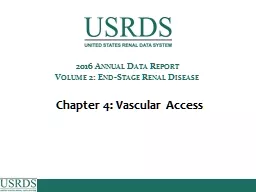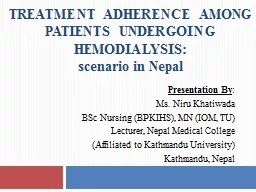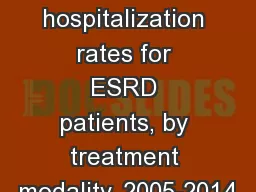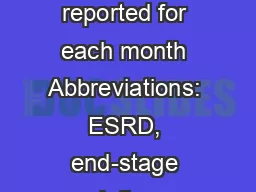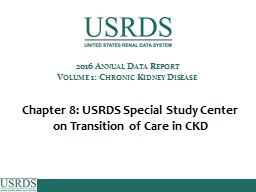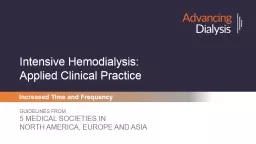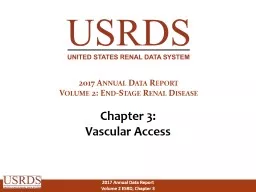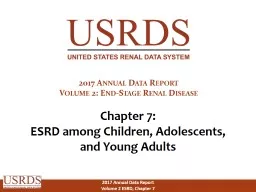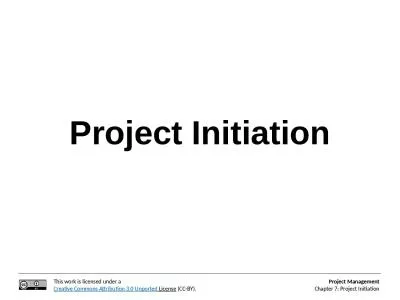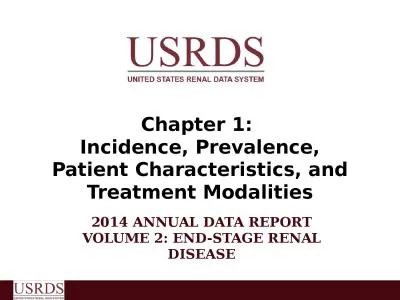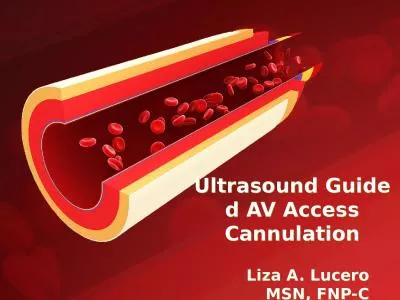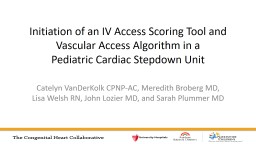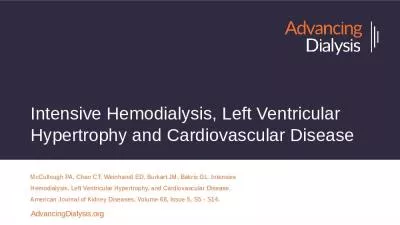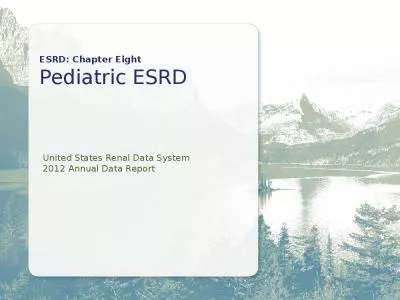PPT-Figure 4.1 Vascular access use at hemodialysis initiation, from the ESRD Medical Evidence
Author : ani | Published Date : 2021-12-20
2016 Annual Data Report Vol 2 ESRD Ch 4 2 Data Source Special analyses USRDS ESRD Database ESRD patients initiating hemodialysis in 20052014 Abbreviations AV
Presentation Embed Code
Download Presentation
Download Presentation The PPT/PDF document "Figure 4.1 Vascular access use at hemod..." is the property of its rightful owner. Permission is granted to download and print the materials on this website for personal, non-commercial use only, and to display it on your personal computer provided you do not modify the materials and that you retain all copyright notices contained in the materials. By downloading content from our website, you accept the terms of this agreement.
Figure 4.1 Vascular access use at hemodialysis initiation, from the ESRD Medical Evidence: Transcript
Download Rules Of Document
"Figure 4.1 Vascular access use at hemodialysis initiation, from the ESRD Medical Evidence"The content belongs to its owner. You may download and print it for personal use, without modification, and keep all copyright notices. By downloading, you agree to these terms.
Related Documents

